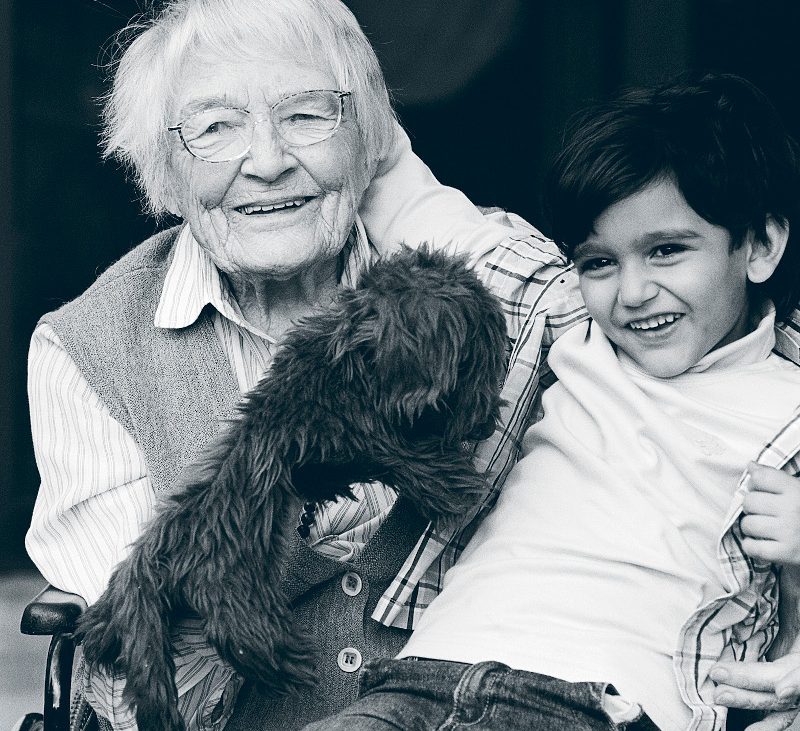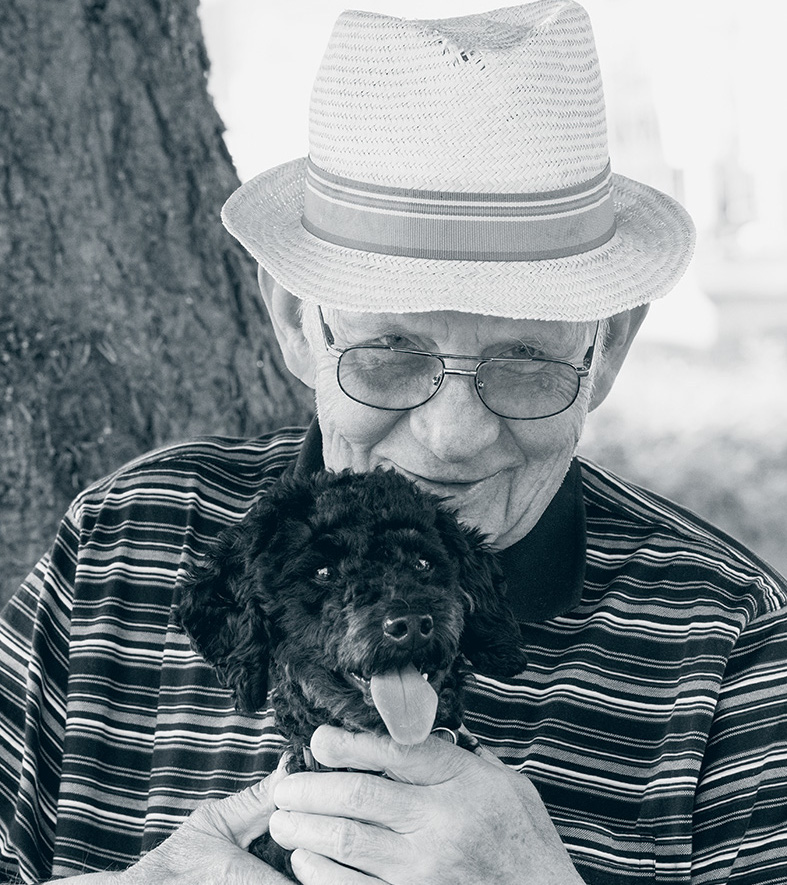Animals are not „demigods in white“, do not wear white coats, have no medical, psychological or physiotherapeutic training, and yet the feedback from their „work“ is great. They are able to do amazing things, such as rodents. Because animal-supported therapy does not necessarily mean that dolphins, horses or dogs are used, as the example of neurological early rehabilitation at the Klinikum München-Harlaching shows.
At the Klinikum München-Harlaching, neuropsychologists successfully rely on rabbits for therapeutic support, which are used, for example, as visiting animals for stroke patients. Dr. Stefanie Böttger, a neuropsychologist from Harlaching, once implemented an idea that was exemplified in other countries. Innovative approaches for extraordinary patients, because after a stroke, nothing is the same as it used to be. It is known today that early rehabilitation measures lay the foundations for the return to everyday life. If this is possible, because not all parts of a destroyed brain can be restored. And yet the fluffy therapists can do amazing things and help to achieve what is not possible with mere words.
Animals have a healing effect
Animal-supported treatment procedures aim to positively influence the physical and mental experience and behaviour of patients through the targeted use of animals and to support the re-learning of basic movements. In particular, animals have a healing effect on sick people because they have no expectations, do not evaluate, radiate warmth and emotional closeness, as I was able to experience there myself: The rabbits were able to put a smile back on the face of a patient whose motor abilities were extremely limited after a stroke during early neurological rehabilitation. They were placed on the blanket so that he could stroke them. Through emotional stimuli, the fur noses achieved what other therapists could not: spontaneously stretching out his arms to stroke the animals. Both the rabbit and he were visibly well touched by these strokes, which pleasantly stimulated their motor movements. It was naturally paid attention to the fact that the patients did not come to damage, thus neither were bitten nor zoonoses closed themselves.

Positive experience reports, mostly with dogs as „therapists“, also come from the environment of dementia patients with reduced orientation ability and reduced verbal communication ability. Animals are also used here to train the motor skills of the patients (e.g. by stroking). Dogs are able to establish non-verbal communication with dementia patients – even if these can no longer be reached with other methods in the case of advanced disease and are otherwise apathetic and introverted. When dealing with animals, many people open up. Restlessness, stress, pain and blood pressure can also be positively influenced when dealing with animals.
In nursing homes, in which you also often see visiting dogs, these encourage linguistic contact with the other residents. Because the animals are often still for days a topic of conversation number 1 among the home inhabitants.
Besides also many care specialists welcome the employment of therapy or visiting animals, help them nevertheless the inhabitants fears to diminish, to facilitate acclimatization periods after removal into the nursing home and to provide for a familiar atmosphere.


